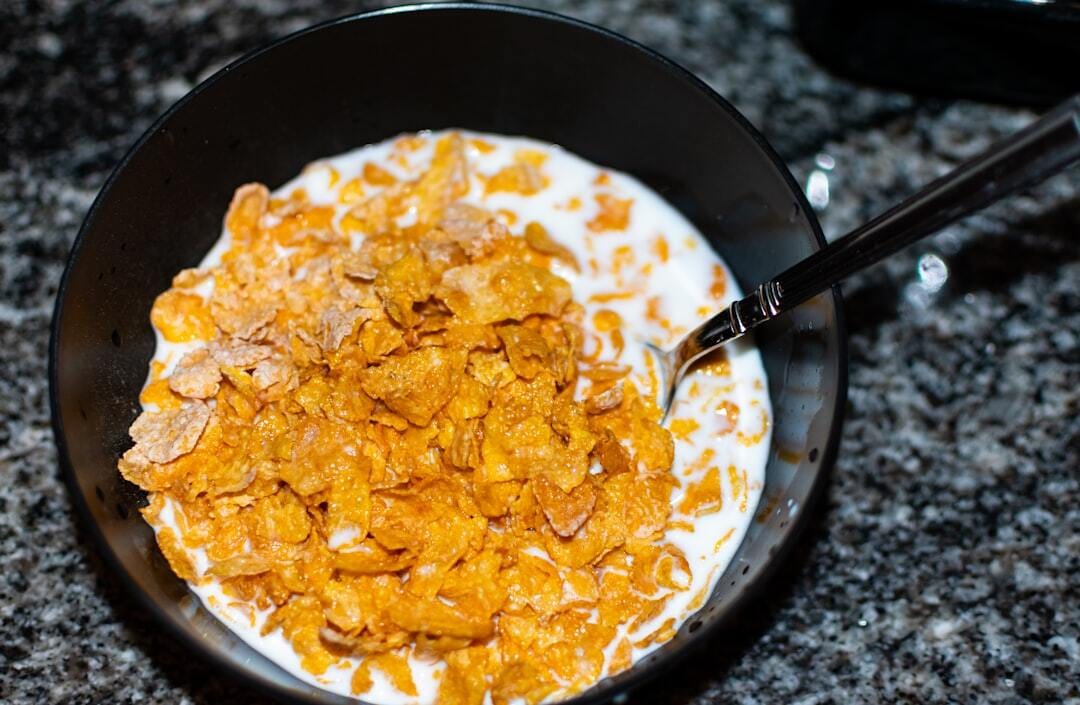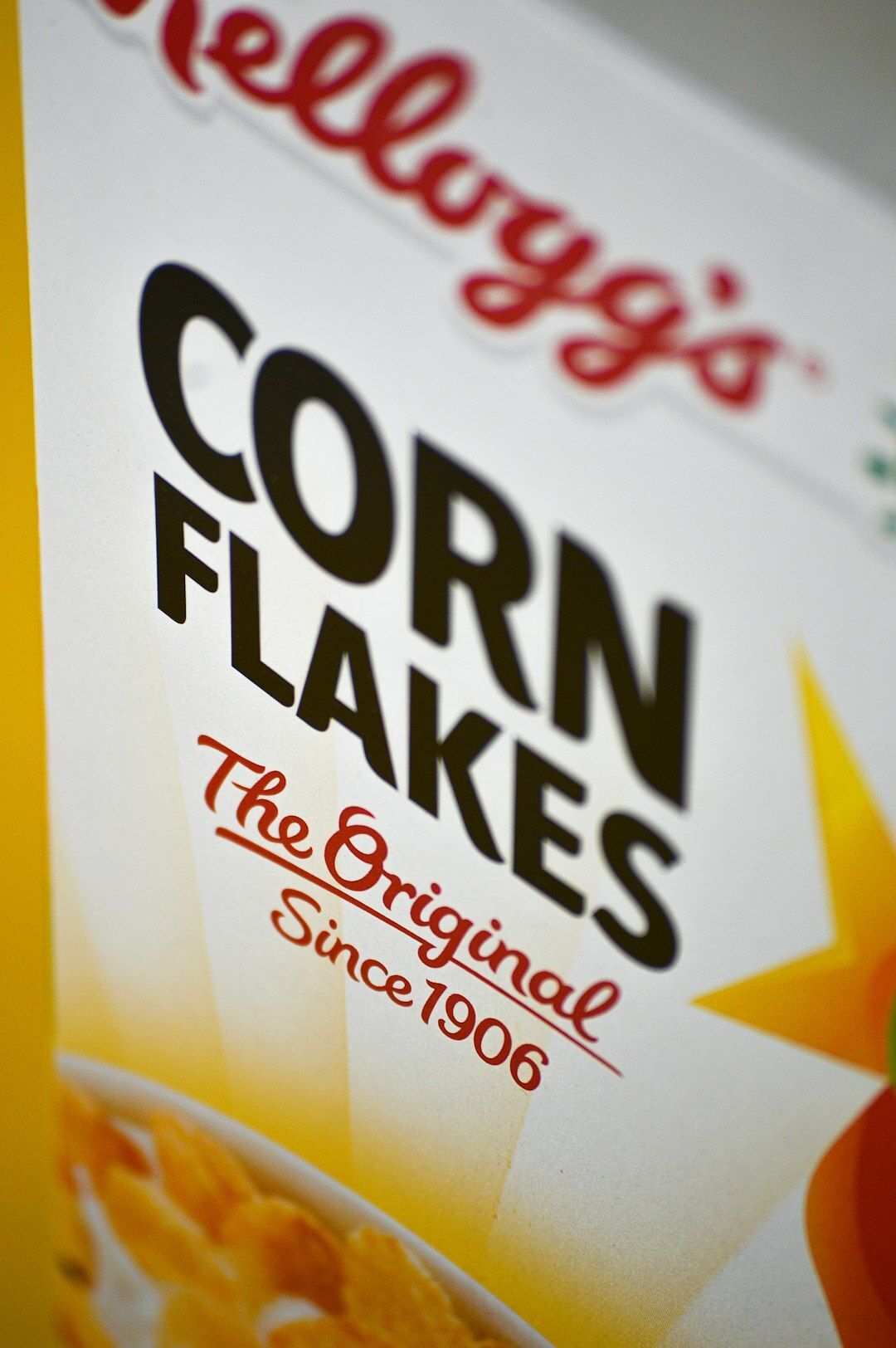- Built to Last
- Posts
- Ferrero Just Dropped $3.1 Billion on Frosted Flakes
Ferrero Just Dropped $3.1 Billion on Frosted Flakes
What this surprising acquisition tells us about brand longevity and quiet expansion.
Welcome back builders!
I hope you all had a great weekend and are ready for another great brand!
This week, we’re digging into a company that’s built its legacy one iconic product at a time, Ferrero. From the hazelnut-rich success of Nutella to the global dominance of Kinder and Ferrero Rocher, this privately held Italian company has become a quiet powerhouse in the food industry. But now, they’re making bold moves to expand far beyond chocolate. Ferrero just acquired WK Kellogg Co for $3.1 billion, bringing cereal classics like Frosted Flakes and Special K into its portfolio.
This is more than a product expansion, it’s a signal that Ferrero is aiming to own the full breakfast table. In this issue, we’ll look at how Ferrero built a slow-growth, family-first empire, why its private structure gives it a unique advantage, and what this latest acquisition says about its future. Let’s unpack what Built to Last looks like in the global food industry and what you can learn from a company that’s never rushed to the spotlight, but always taken a bigger bite.
How Ferrero Became a Global Food Giant
Ferrero was founded in 1946 in Alba, Italy by Pietro Ferrero, a pastry maker trying to stretch limited cocoa supplies after World War II. The result was Giandujot, a chocolate-hazelnut paste that eventually became Nutella. From the beginning, the Ferrero family emphasized product quality, operational control, and long-term thinking over fast growth. Pietro’s son, Michele Ferrero, expanded the company across Europe in the 1960s and ’70s, launching brands like Tic Tac, Kinder Surprise, and Ferrero Rocher. Each one carefully tailored to local tastes.
Ferrero’s rise was built on simplicity, consistency, and scale. They controlled everything from hazelnut farms to factories to logistics ensuring total quality from ingredient to shelf. Even as the company expanded into 170+ countries, it kept a remarkably lean marketing playbook and tight branding. You didn’t see Ferrero products plastered across stadiums or endorsed by celebrities, they let the product speak for itself. Today, Ferrero ranks as the world’s third-largest confectionery company behind Mars and Mondelez, yet remains family-controlled and deeply private, with a culture rooted in long-term strategy and emotional connection to product. Their steady hand has allowed them to weather sugar controversies, market changes, and competition without ever feeling reactive. Now, they’re bringing that same quiet precision to the breakfast aisle.
What’s New — Ferrero Acquires WK Kellogg Co
In July 2025, Ferrero announced a deal to acquire WK Kellogg Co the North American cereal spin-off of the Kellogg Company for $3.1 billion in cash. The offer, valued at $23 per share, marks a 40% premium over WK Kellogg’s recent 30-day trading average and reflects Ferrero’s ambitions to go far beyond sweets (Reuters). The acquisition gives Ferrero ownership of an iconic lineup: Frosted Flakes, Froot Loops, Special K, Corn Pops, and Rice Krispies, plus all related manufacturing and distribution infrastructure in the U.S., Canada, and the Caribbean. It also signals a shift toward capturing more “everyday food” moments, starting with breakfast. Since spinning out from Kellogg in 2023, WK Kellogg Co has struggled with lagging sales and rising health concerns tied to sugar, artificial colors, and processed grains.
Ferrero sees an opportunity to modernize the lineup and appeal to a new generation of health-conscious consumers. Analysts expect Ferrero to lean on its proven success with reformulations, sustainable sourcing, and subtle rebranding, just as it did when expanding the Kinder brand across the U.S. The move also reflects a strategic shift in Ferrero’s global footprint: they’re moving deeper into the American market, a region that accounts for 60% of global cereal consumption but has seen declining brand loyalty in recent years. With Kellogg’s brands needing a fresh spin and Ferrero looking for daily relevance beyond indulgence, the acquisition feels like a calculated and potentially transformative move. It’s a textbook example of how legacy companies can expand not just by acquisition, but by reimagining how and when their products show up in consumers’ lives.
Challenges & Turning Points
Ferrero’s path hasn’t been without friction. As a largely European brand entering the U.S. market in the 2010s, they had to overcome unfamiliarity and fierce competition from entrenched players. Their 2018 acquisition of Nestlé’s U.S. candy business (including Crunch and Baby Ruth) helped anchor their presence, but integrating it with Ferrero’s slower, quality-first culture wasn’t easy. Sugar reform regulations in Europe and evolving food trends have also forced the company to rethink long-standing recipes, packaging, and messaging. The Kinder brand, for example, was banned in the U.S. for years due to toy-in-food safety rules before Ferrero developed a compliant version.
Culturally, Ferrero is extremely private and family-controlled, which creates operational stability but sometimes slows down reaction time. Unlike a public company, they don’t chase quarterly earnings or headlines, but that means they need to be right more often than not. The Kellogg deal represents a new kind of challenge: can Ferrero transform breakfast products with the same care and loyalty it’s cultivated in candy? And can a company built on European indulgence win over a U.S. consumer base craving “healthier,” functional foods?
Core Lesson: Expand Slowly, Integrate Deeply
Ferrero has succeeded for nearly 80 years by refusing to chase growth for growth’s sake. Every product, acquisition, and expansion has been methodical and deeply integrated into its brand DNA. While other companies diversify too fast or dilute their identity with trends, Ferrero prioritizes total control: from ingredient sourcing to logistics to design. They enter new markets with patience, build infrastructure in-house, and only scale what they’ve proven works. This acquisition isn’t just a buy, it’s a long-term brand rebuild. Ferrero isn’t just adding cereal to its portfolio, it’s planning to own breakfast the way it owns dessert.
The lesson here is simple but powerful: if you grow slow, you don’t have to pivot fast. By maintaining a clear sense of who they are, Ferrero has made bold moves without brand confusion. Their bets are long, but their focus is sharp. It’s not sexy but it works.
Takeaways for Builders
Grow slow to grow strong. Long-term success comes from consistency, not speed.
Private structure = strategic freedom. Without Wall Street pressure, Ferrero can focus on quality and timing.
Think in moments, not just markets. Ferrero is expanding from candy to cereal by targeting when people eat, not just what.
Integrate before you scale. They don’t buy to flip, they buy to rebuild, reformulate, and relaunch.
Guard your brand. Ferrero’s tight control over production, design, and experience creates trust that scales over time.
Built to Last Community
Every week, we break down a business that chose the long road and won. Ferrero shows that discipline, patience, and thoughtful expansion are still powerful tools in a noisy world. Let us kow who you’d like us to cover in a future issue of Built To Last! We love hearing from our readers and do consider every recommendation we receive.
Thanks for reading,
— The Built to Last Team

